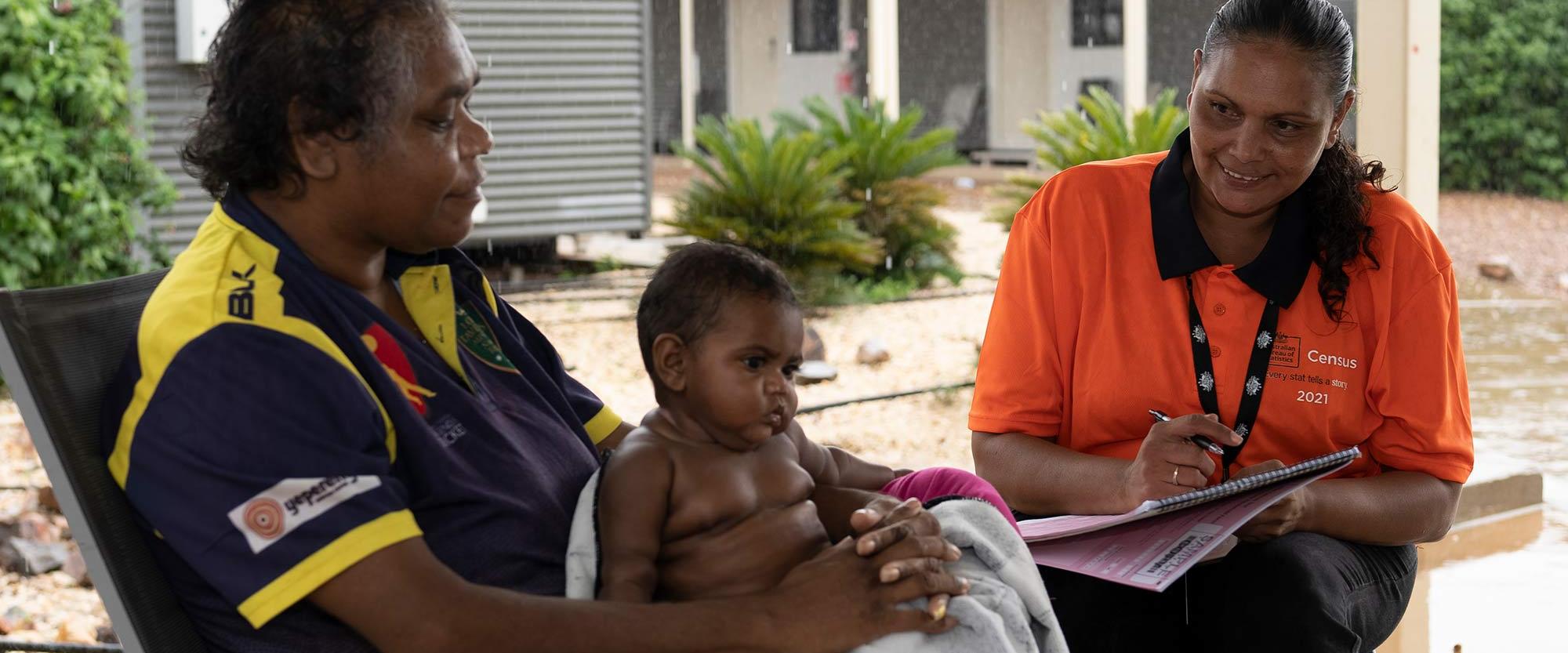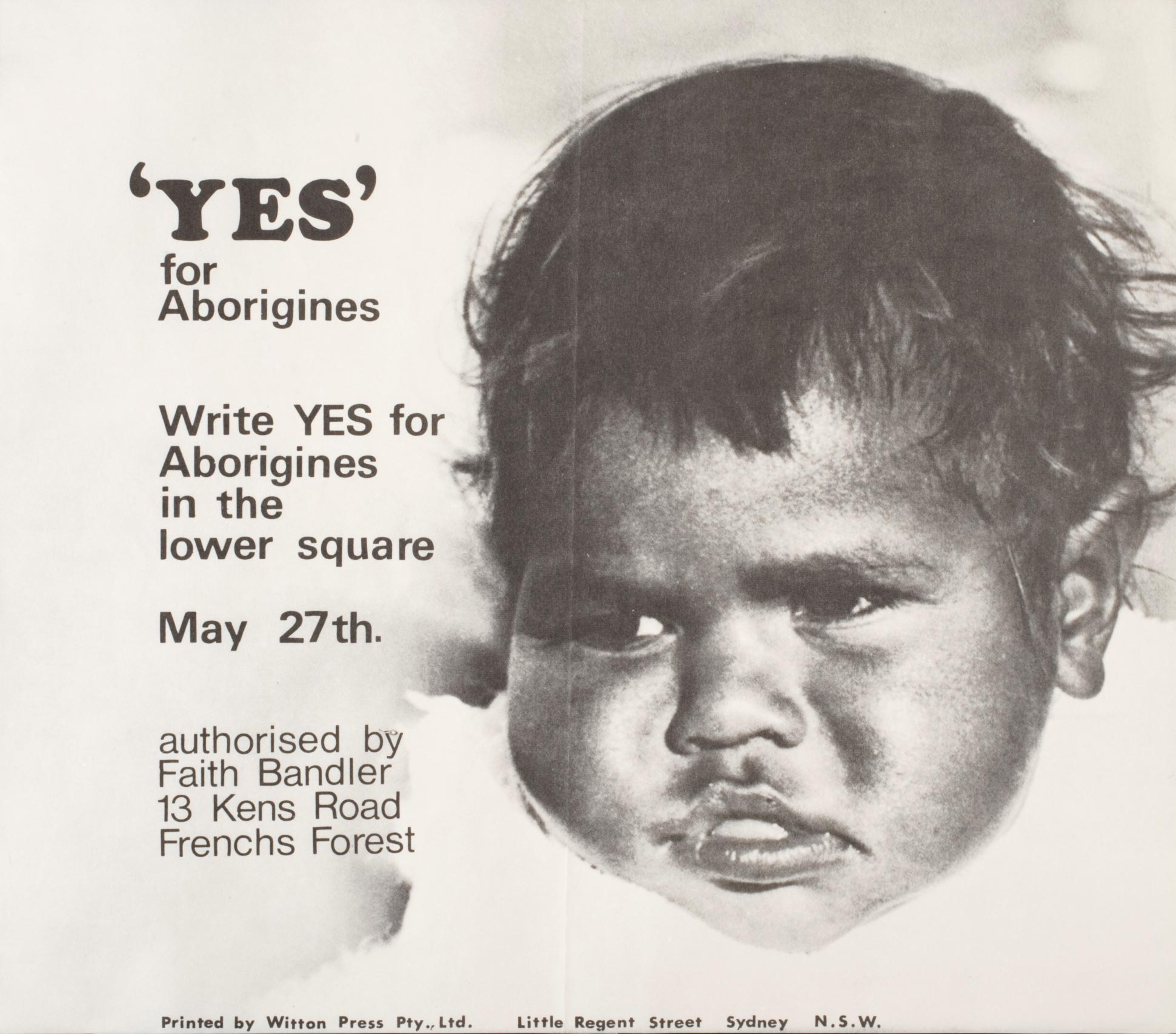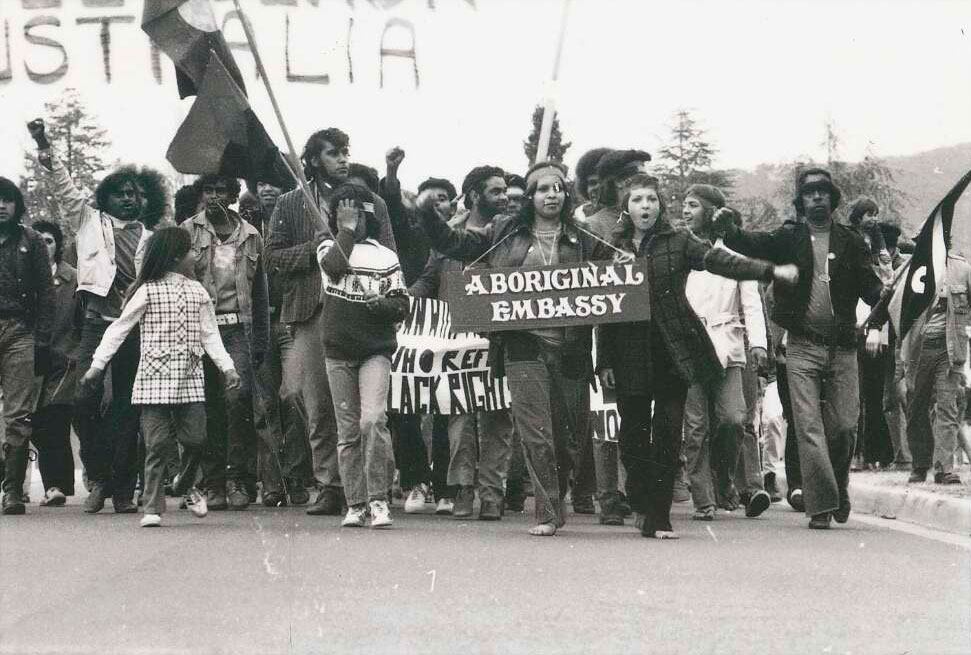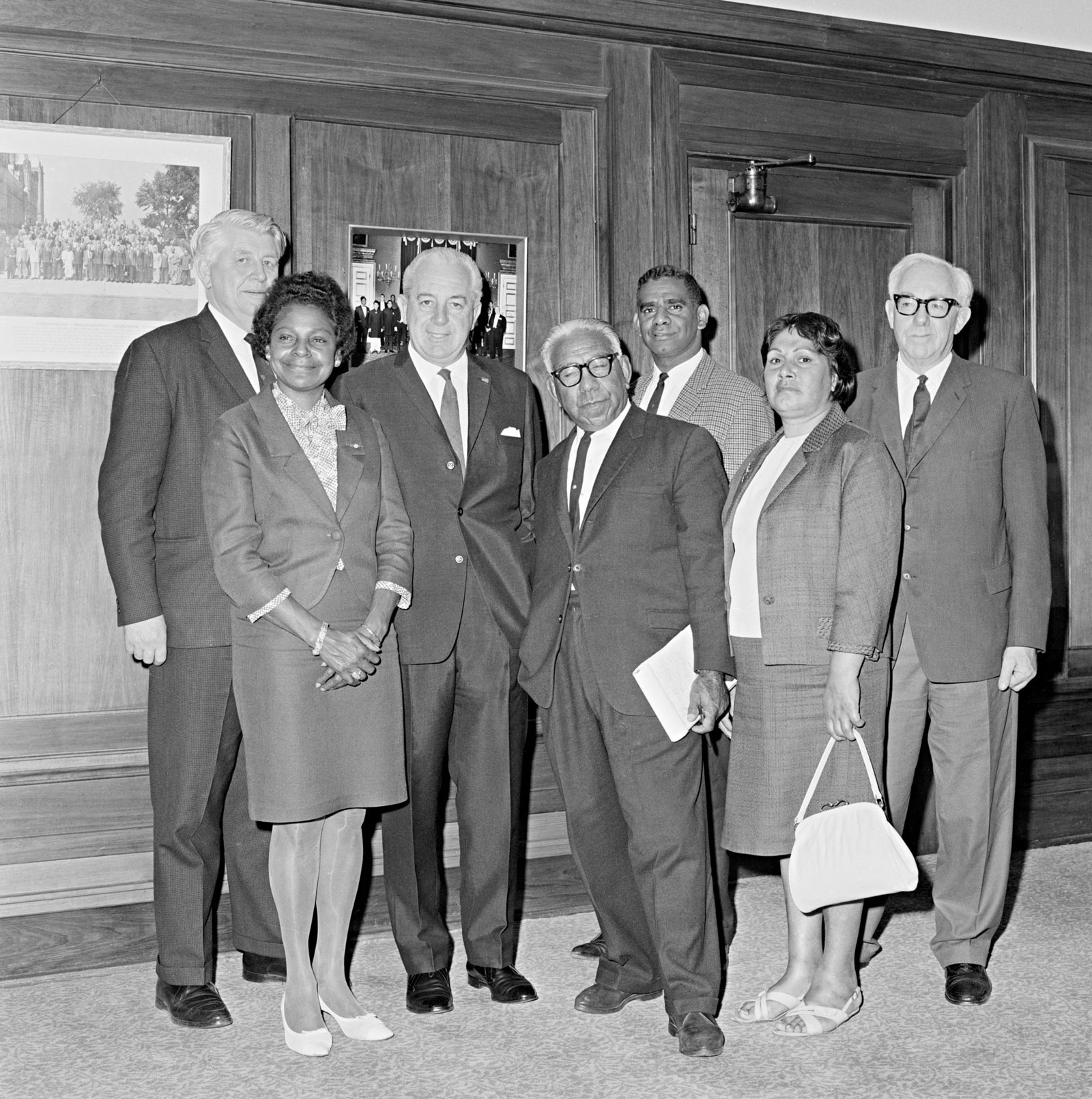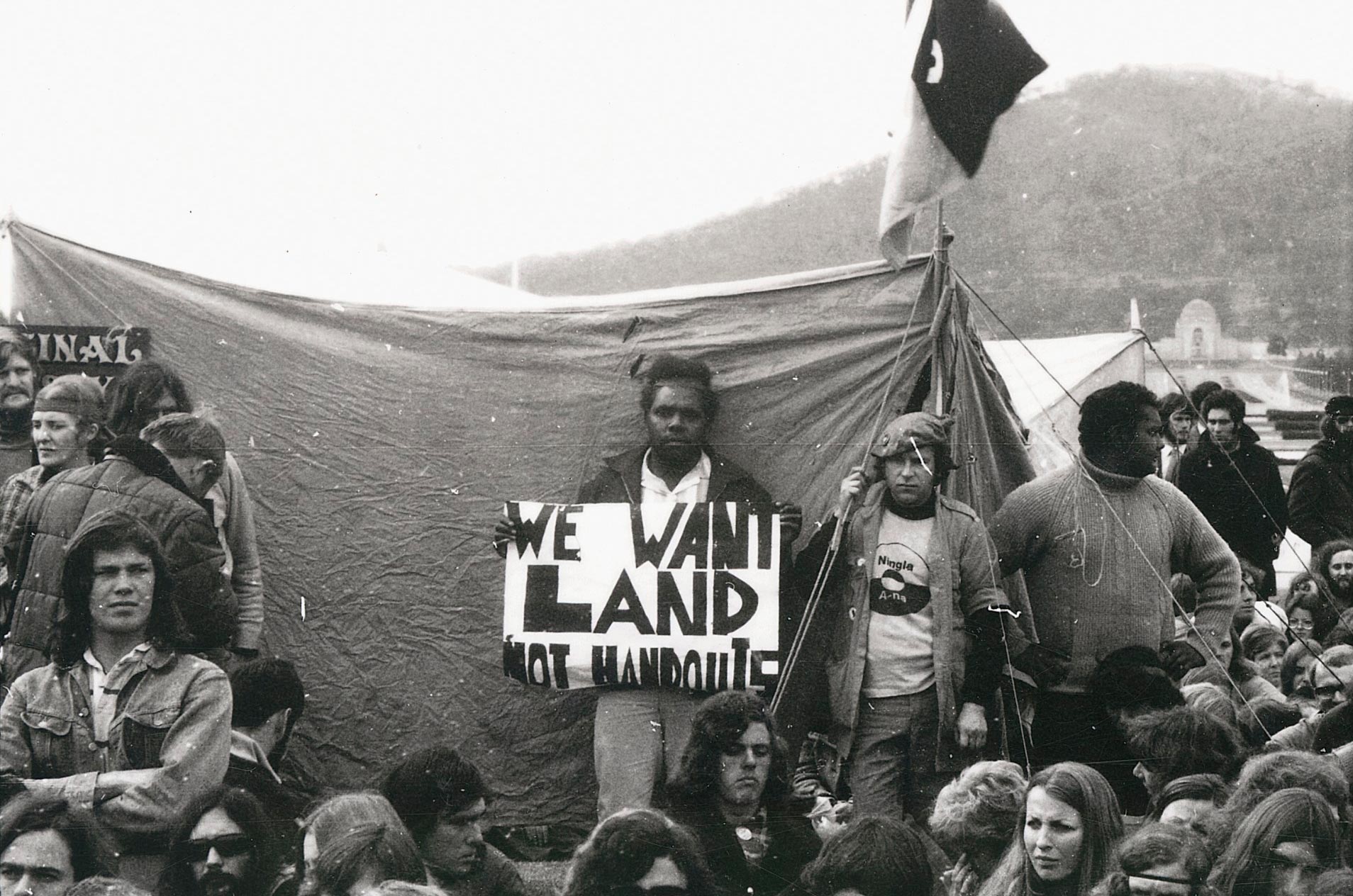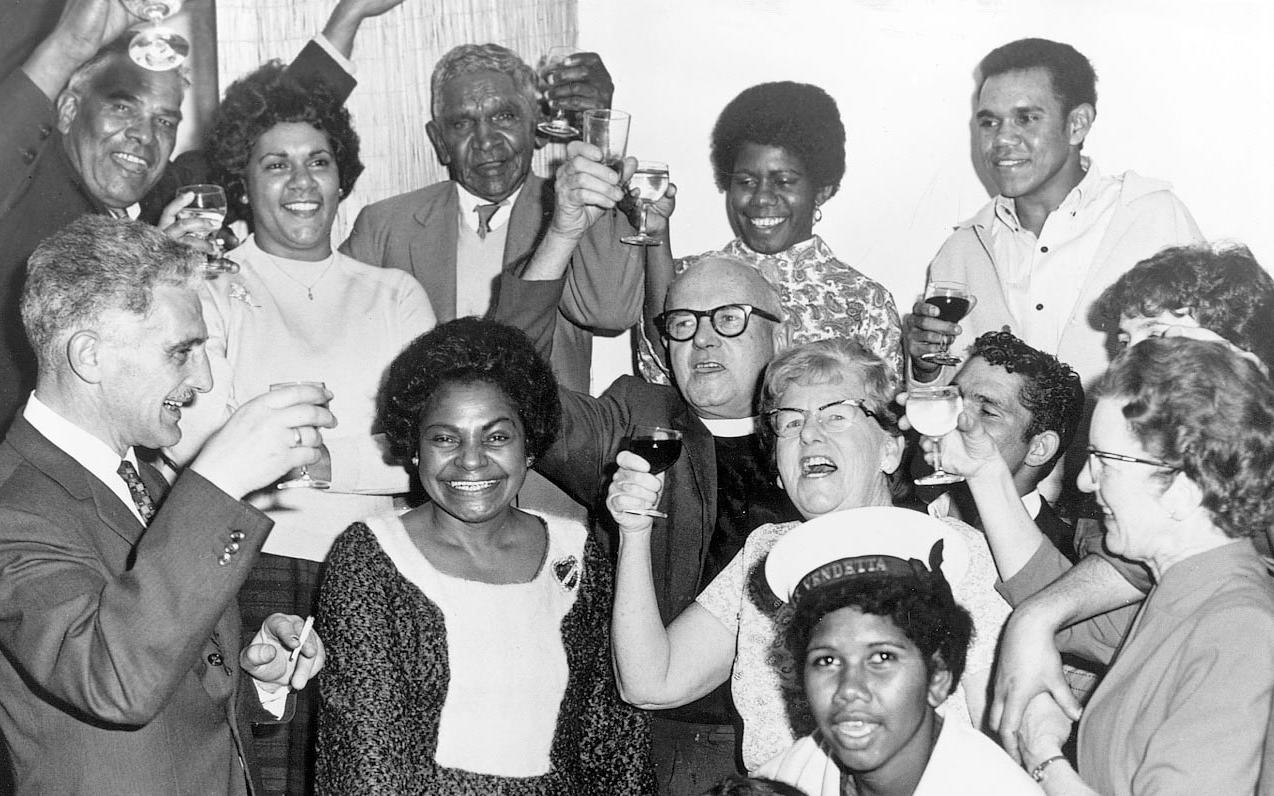First Nations peoples counted in Census
1971: Aboriginal and Torres Strait Islander peoples counted in the Australian Census for the first time
First Nations peoples counted in Census
1971: Aboriginal and Torres Strait Islander peoples counted in the Australian Census for the first time
In a snapshot
Australia’s 1901 Constitution treated First Nations peoples differently from other Australians. From 1901 to 1971 they were excluded from being counted as part of the national population.
In 1967 Australians voted to change the Constitution. The 1971 Census of Population and Housing was the first time Aboriginal and Torres Strait Islander peoples were included in the population count.
This was a symbolic moment in the long struggle for First Nations recognition and rights.

 Can you find out?
Can you find out?
Why does the Australian Bureau of Statistics conduct the census?
How often is the Australian census done and what information does it gather?
What changes were made to the census in 1971 and why were they made?
What is the census?
Every five years the Australian Bureau of Statistics conducts a census of Australia. The census gathers a range of information including the number of people who live in Australia and includes questions about people’s age, gender, ancestry, relationships, location, housing, languages spoken at home, employment and religion.
How were First Nations peoples counted after 1788?
Soon after the arrival of the First Fleet at Sydney Cove, British colonists tried to work out how many First Nations peoples lived there.
In August 1788 Governor Arthur Phillip sent several boats to count the Gadigal people of the Eora nation, who lived in and around Warrane (Sydney Harbour).
Before 1901 each Australian colony made attempts to calculate the numbers of First Nations peoples. They used racially based methods that have now been discredited to define who was and was not ‘Aboriginal’.
After Federation in 1901 the Australian census continued to try to distinguish between Indigenous and non-Indigenous people. However, many First Nations’ peoples had mixed ancestry. Only people considered to have more than ‘half’ Aboriginal and/or Torres Strait Islander ancestry were counted as First Nations peoples.
Early censuses, from 1911 on, asked each person what race they were. However, from 1933 to 1961 people were asked whether they were ‘European’ or some other race such as ‘Aboriginal, Chinese, Negro, Afghan, &c’.
Torres Strait Islander peoples were counted differently to Aboriginal peoples from 1947. In that year they were excluded from the ‘aboriginal natives’ definition of the Constitution and instead classified as ‘Polynesians’. This meant they were included in national population calculations.
How did the 1967 referendum change the census?
In 1967 Australians overwhelmingly voted to amend the Constitution. One of these changes was to remove section 127:
In reckoning the numbers of people of the Commonwealth, or of a State or other part of the Commonwealth, aboriginal natives shall not be counted.
Section 127 did not stop First Nations peoples from being counted in the census. But it did mean they were not counted as part of the national population. In fact, the census identified those people of mainly Aboriginal and/or Torres Strait Islander origin, in order to exclude them from national population calculations.
Many First Nations peoples lived in remote areas. Before 1967 the census did not or could not accurately count the large First Nations population living in non-urban areas. The census relied on estimates provided by state and territory authorities in charge of First Nations welfare.
Artwork in first video frame: Our Story. Our Future artwork created by proud Wiradjuri, Wotjobaluk, Yuin and Gumbaynggirr artist Luke Penrith and Maluiligial people, Badu Island artist Naseli Tamwoy
1971 Australian census
After the 1967 referendum result Prime Minister Harold Holt set up the Council for Aboriginal Affairs to consider the next steps for including Aboriginal and Torres Strait Islander peoples in the calculation of Australia’s population.
A key question was how to define First Nations peoples. Importantly, the council decided people of ‘mixed ancestry’ should have the freedom to choose which was most important to them. The chairman, Dr HC ‘Nugget’ Coombs, summed up:
Perhaps the best definition of Aboriginal is a person who so describes himself.
The council advised the Commonwealth Bureau of Census and Statistics to use this definition.
In the 1971 Census each person was asked to identify only the race which was most important to them:
What is this person’s racial origin?
(If of mixed origin, indicate the one to which he considers himself to belong.)1 ☐ European origin
2 ☐ Aboriginal origin
3 ☐ Torres Strait Islander origin
4 ☐ Other origin (give one only) ...........................................
About 116,000 Australians identified themselves as being Aboriginal (106,000) or Torres Strait Islander (nearly 10,000).
‘It was 1971 and I thought it was very, very important to be part of the statistics. We are the First Nations people of this country.
If we want to move forward we have to have a say and have our voice in all these statistics and researches.’
Australian census today
In the 2016 Census about 650,000 Australians identified as being of Aboriginal and/or Torres Strait Islander origin. However, allowing for people who were missed and many people not answering the question, the Australian Bureau of Statistics estimated in 2016 that almost 800,000 people, or 3.3 per cent of the population, identified as Aboriginal and/or Torres Strait Islander.
Today many more people identify as being of Aboriginal and/or Torres Strait Islander origin.
Note: This page includes some terms that reflect the times in which they were written and are now considered inappropriate. They do not reflect the views of the National Museum of Australia.
The purpose of the census today is different to what it was in the past. Do some research to find out more about the census and what the data is used for today.
Read a longer version of this Defining Moment on the National Museum of Australia’s website.
 What did you learn?
What did you learn?
Why does the Australian Bureau of Statistics conduct the census?
How often is the Australian census done and what information does it gather?
What changes were made to the census in 1971 and why were they made?






